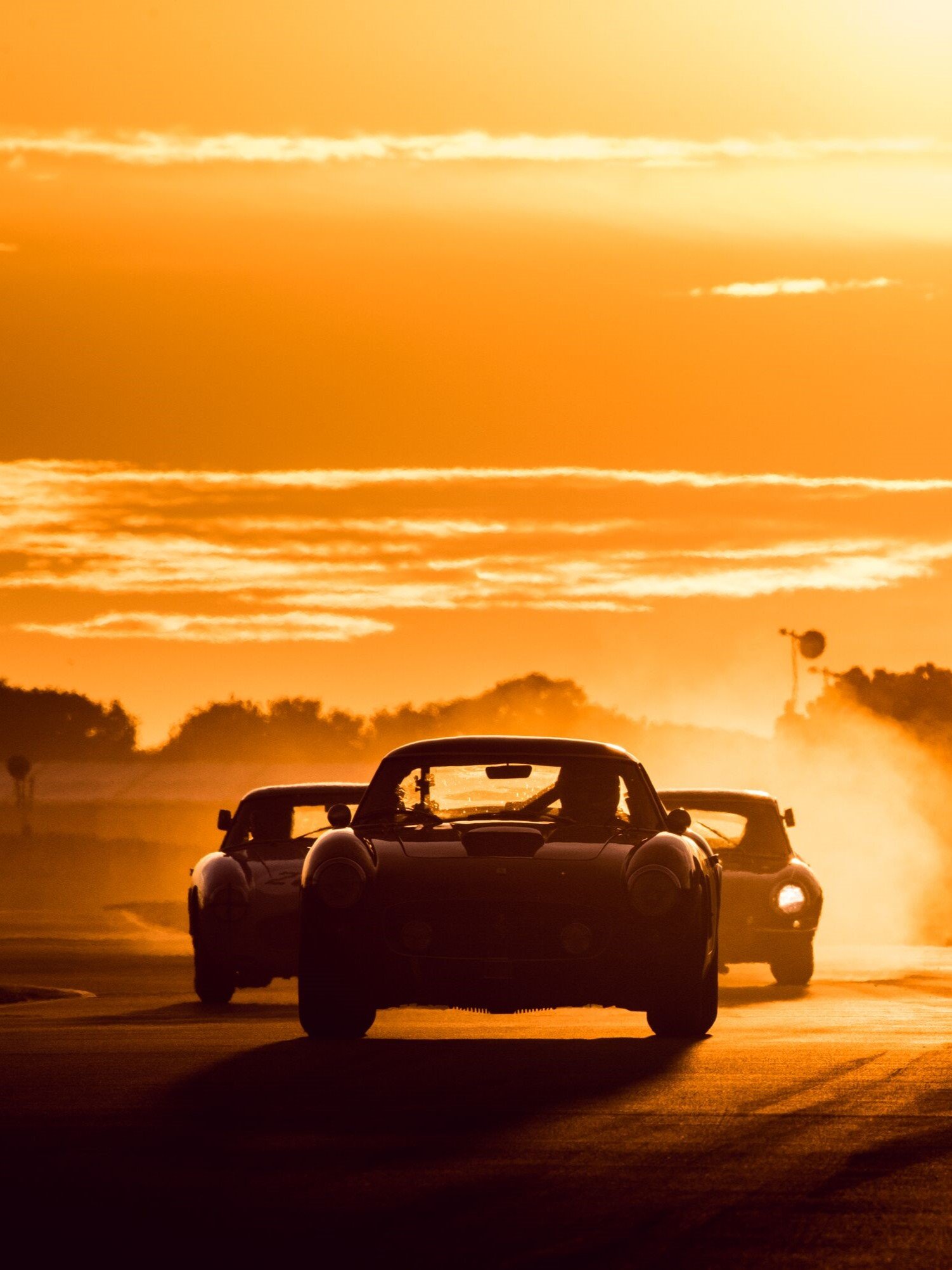Doug Nye: How much faster has historic racing become?
 Doug Nye
Doug Nye
Goodwood’s Revival fastest lap was set by Andrew Smith when he clocked a stunning 1:18.954 in his Lola-Chevrolet T70 during the 2010 Meeting’s Whitsun Trophy race. Since then the circuit has been resurfaced, smoothing some of the bumps, easing the ridge at Madgwick but also arguably providing a somewhat less grippy surface. Even so, lap times compared to those achieved in period 1948-1966 still provide an interesting study for any interested in such detail… and in how Historic racing today compares to period pace.
At this year’s dry – but often oil-slick – Revival Meeting, the fastest laps recorded in the races themselves were as follows – and I have added some comparison notes “for fun”:
Chichester Cup (disc-braked Formula Juniors 1960-63)
2018 FL Sam Wilson, Lotus-Ford 20 – 1:23.759, 102.29mph – 2018 POLE Andrew Hibberd, Lotus-Ford 22 - 1:23.720, 102.34mph
So how does that compare to this type of single-seat open-wheeler car as campaigned by aspiring young drivers at Goodwood in period, 1960-63? Pretty darned well; the circuit’s final Formula Junior race was the supporting event for the 1963 TT, which included such budding world-class drivers as Peter Arundell, Mike Spence, Richard Attwood, David Hobbs, Alan Rees, Frank Gardner, Paul Hawkins, Timmy Mayer and Peter Revson… quite apart from future World Champion Denny Hulme.
Well it was Peter Arundell – the King of Formula Junior - who both won that race and set fastest lap in his Ron Harris-Team Lotus Type 27. And his best race lap was a 1:25.6, 100.93mph. So the best of today’s amateur-enthusiast run cars are lapping nearly 2 seconds per lap faster than King Pete managed…
Freddie March Memorial Trophy (cars of Goodwood 9-Hour race type)
2018 FL Martin Hunt HWM-Jaguar – 1:31.105, 94.04mph – 2018 POLE Martin Hunt HWM-Jaguar – 1:32.903, 92.22mph
OK – it’s not a fair comparison, since cars of the type raced in the 9-Hours – the last edition of which was run in 1955 – continued to be campaigned at Goodwood for many years, but if we limit this discussion to the end of, say, 1956, we find Stirling Moss setting a race fastest lap of 1:35.0, 90.95mph, in an Aston Martin DB3S. Like the Juniors, comparable Historic-class cars are 2-3secs per lap faster.
Glover Trophy (rear-engined 1.5-litre Formula 1 cars, 1961-65)
2018 FL Joe Colasacco, Ferrari 1512 – 1:22.590, 103.74mph – 2018 POLE Andy Middlehurst Lotus-Climax 25 – 1:23.992, 102.00mph
Well here’s a straightforward comparison. In practice for the final 1.5-litre race in-period at Goodwood – Easter Monday 1965 – Jim Clark and Jackie Stewart lowered the circuit lap record to 1:20.4, 107.46mph. Jackie’s pole position lap in practice in the BRM P261 was a 1:19.8. So the comparable cars today remain over 2.5secs slower than The Men were back in period… Perhaps this is due to there being fewer cars to benefit from modern-era Historic racing development, they are more complex cars to develop for extra speed, generating bigger preparation bills. So has rarity and cost combined to provide a proper sense of perspective…?
Goodwood Trophy (Grand Prix & Voiturette cars, 1930-51)
2018 FL Tom Dark Bugatti T73C – 1:33.110, 92.02mph – 2018 POLE Calum Lockie Maserati 6CM – 1:31.469, 93.67mph
More difficult to judge comparisons here, although if we spool back to – say – 1951, Prince ‘Bira’s 4.5-litre OSCA – effectively his former Maserati 4CLT/48 fitted with a big V12 engine – set a fastest race lap of 1:35.6, 90.38mph, 2secs off the pace of today’s 1½-litre Bugatti recreation, 67 years later. Ahaaa – but hold on one moment – the 1951 Whitsun Meeting then saw Reg Parnell, in Tony Vandervell’s contemporary ‘ThinWall Special’ 4.5-litre V12 Ferrari, set fastest lap in the Festival of Britain Trophy race with a 1:31.4, 94.53mph – virtually identical to Calum Lockie’s pole time – though Calum managed it in Shaun Danahar’s little Maserati, which has six fewer cylinders than the ‘ThinWall’, and 3-litres less capacity… Times do change, though the essential driving experience of whizzing around our 2.4-mile lap in virtually identical times would in many respects match.
Jack Sears Memorial Trophy (pre-1960 saloons)
2018 FL John Young , Jaguar Mark I – 1:36.893, 88.42mph – POLE Justin Law, Jaguar Mark I – 1:36.110, 89.14mph
Ah yes – touring cars, my personal distaste for these lumps of junk being well-known, I still secretly enjoy watching them race but would never (you understand) really admit to it.
Well the Jaguar Mk1s are claimed to be 1958 cars so what was a representative 1958 Jaguar lap time around Goodwood? At Whitsun, 1958, Duncan Hamilton won in ‘Noddy’ Coombs’s Mk1, and along the way set fastest race lap at 1:48.2, 79.85mph – fully 12secs off Justin Law’s and John Young’s best 2018 lap times. There had not been a saloon car race at that year’s Easter Meeting, because the Duke and the BARC combined still regarded such races as a Silverstone circus act. That Whitsun race had been the thin end of a wedge.
Attitudes were changing into 1959, when the Easter Monday Fordwater Trophy race catered for saloons, Ivor Bueb won in Tommy Sopwith’s Equipe Endeavour Jaguar Mk1 and set fastest race lap at 1:48.6, 79.56mph. On Whit-Monday Sir Gawaine Baillie’s Mk1 set fastest lap at 1:46.6, 81.05mph. By Easter Monday 1962, Roy Salvadori and Graham Hill would each drive a Coombs Jaguar, and their shared fastest race lap that day had come down to a 1:37.8, 88.34mph. This is still more than a second off the 2018 Revival mark, and both those world-class drivers had 3.8-litre engines, not just 3.4s. By Easter Monday 1964 the Jaguars were obsolete, outdated, out-powered and out-classed not only by Jack Sears’ 7-litre Willment-entered Ford Galaxie (1:35.2, 90.76mph) but also by Jimmy Clark’s works Lotus-Cortina (1:35.8, 90.19mph). But hey – tyre technology has moved on, the track surface is less bumpy and not that upon which the superstars raced during Goodwood’s frontline years. And some areas of technological scrutineering might not, perhaps, be quite as searching as at frontline level back then…
Kinrara Trophy (over-3-litre GT cars)
2018 FL Rob Huff, Jaguar E-Type Coupe – 1:30.135, 95.05mph – 2018 POLE Emanuele Pirro/Nick Halusa, Ferrari 250GT ‘Breadvan’ – 1:27.343, 98.09mph
GTs – tricky to draw precise comparisons then against now – but it’s interesting to consider that Stirling Moss’s fastest lap in the Rob Walker/Dick Wilkins Ferrari 250 GT SWB back in the 1960 TT race was at 1:36.6, 89.44mph, and in the 1961 TT in a later Walker SWB his fastest race lap was 1:33.6, 92.31mph - fully five seconds off this year’s pole time. Are today’s Historic drivers of Moss quality – even those with Formula 1 and Le Mans wins behind them? Hmmm – discuss?
RAC TT Celebration (TT-spirit cars, 1960-64)
2018 FL Olivier Hart, Shelby Cobra – 1:25.492, 100.21mph – 2018 POLE Olivier Hart, Shelby Cobra –1:24.574, 101.30mph
Hmm – TT-type cars up to 1964. Well, in the 1963 Easter Monday Meeting, the Sussex Trophy race for GT cars saw Graham Hill win in the Coombs Jaguar E-Type, and his fastest lap was 1:28.4, 97.74mph. In that year’s TT a furious Innes Ireland also rampaged his 3.7-litre works Aston Martin Project 214 round in 1:28.4, 97.74mph while Graham got down to 1:27.4, 98.85mph in the overall-winning but still 3-litre class Ferrari 250 GTO. And the GT Category of Goodwood’s last World Championship TT in 1964 finally saw Dan Gurney set fastest race lap in the Shelby Cobra Daytona Coupe at 1:27.8, 95.67mph… a mark lowered last September by Olivier Hart, and by 3.2secs.
Richmond & Gordon Trophies (Formula 1 2.5-litre Grand Prix cars 1954-60)
2018 FL William Nuthall, Cooper-Climax T53 ‘Lowline’ – 1:24.071, 101.91mph – 2018 POLE Sam Wilson, Lotus-Climax 18 – 1:22.130, 104.32mph
The 2.5-litre Formula 1 ended for Goodwood on Easter Monday 1960 with Innes Ireland’s new works Lotus-Climax 18 blitzing Moss into submission in Walker’s Cooper-Climax T51. Colin Chapman’s new creation carried Innes to a fastest race lap of 102.13mph , earning him one of the first two Goodwood Ton trophies, the other going to Moss in second place. In today’s Historic racing we would need a trunkload of Goodwood Tons to reward every modern 100mph lap.
St Mary’s Trophy saloon cars (best of the two races for 1960s saloon cars)
2018 FL Ashley Sutton, Ford Lotus-Cortina – 1:30.574, 94.59mph – 2018 POLE Ashley Sutton, Ford Lotus-Cortina – 1:30.023, 95.17mph
Yes, well – the last representative in-period frontline saloon car race at Goodwood was run on Easter Monday, 1966. Race winner Brian Muir’s Willment Galaxie set a race fastest lap of 1:32.2, 93.71mph – while Jimmy Clark’s Lotus-Cortina set the class fastest lap at 1:33.2, 92.70mph. Sorry Ashley Sutton – but you are no Jim Clark… inventive engineering has instead become the key.
Sussex Trophy (1955-60 sports-racing cars)
2018 FL Phil Keen, Lister-Jaguar ‘Knobbly’ – 1:24.430, 101.48mph – 2018 POLE Phil Keen, Lister-Jaguar ‘Knobbly’ – 1:24.473, 101.42mph
And so to the great classical sports-racing cars of 1955-60 – for Easter Monday 1960 only average speeds rather than lap times appeared in published race results – Roy Salvadori setting fastest lap in the Sussex Trophy – 96.43mph in his race-winning Coombs Cooper Monaco – not even approaching the magic 100mph mark. And fastest lap in the last classical sports-car TT of 1959 fell to Tony Brooks’s works Ferrari 250 Testa Rossa/59 in 1:31.8, 94.12mph.
The performance leap to today’s Historic racing standard is either remarkable or a source of dismay, dependent upon one’s mindset. In the period when the Lister-Jaguars were brand-new, a brilliant Goodwood lap for them was John Bekaert’s 1959 Whitsun mark of 1:35.8, 90.19mph, in Derek Wilkinson’s famous ‘Knobbly’ NBL660. But that was still slower than the great Lister works driver Archie Scott Brown’s 1957 September Meeting mark of 1:35.6, 90.38mph. Times simply change, and none more markedly so than this much-raced class of Historic car.
Whitsun Trophy (unlimited-capacity sports racing cars pre-1966)
2018 FL Karun Chandhok, McLaren-Chevrolet M1A – 1:20.238, 106.78mph – POLE Mike Whitaker, Lola-Chevrolet T70 Spyder – 1:21.715, 104.85mph
Yes, well – there isn’t really a true comparison to be drawn between period Group 7 sports-racing cars of unrestricted engine capacity, and today’s Historic projectiles. Although the dating refers to a design launched before the end of 1966, the McLarens and Lola T70s were really developed over the following two or three years, beyond Goodwood’s racing closure. Freddie March – the circuit’s creator of course – ensured that a strict capacity limit was observed for purpose-designed racing cars through Goodwood’s truncated final season of ’66.
Therefore, the only frontline Goodwood races including the unfettered new breed of Group 7 cars were run in 1965, with the emergent new Lola T70s and McLaren-Oldsmobile M1As as yet immature. David Hobbs finished third on Easter Monday in the Harold Young-entered Lola-Ford T70, but fastest lap fell to Jimmy Clark (who else?) in the works Lotus-Ford 30 at 1:20.8, 106.93mph. So this year’s Group 7 fastest lap was a mere half-second quicker than Jimmy’s 53-year-old mark – and the Whitsun Trophy pole time actually 0.9sec slower. At last some historical justice. Praise be!
Revival
Revival 2018
Doug Nye
2018































































